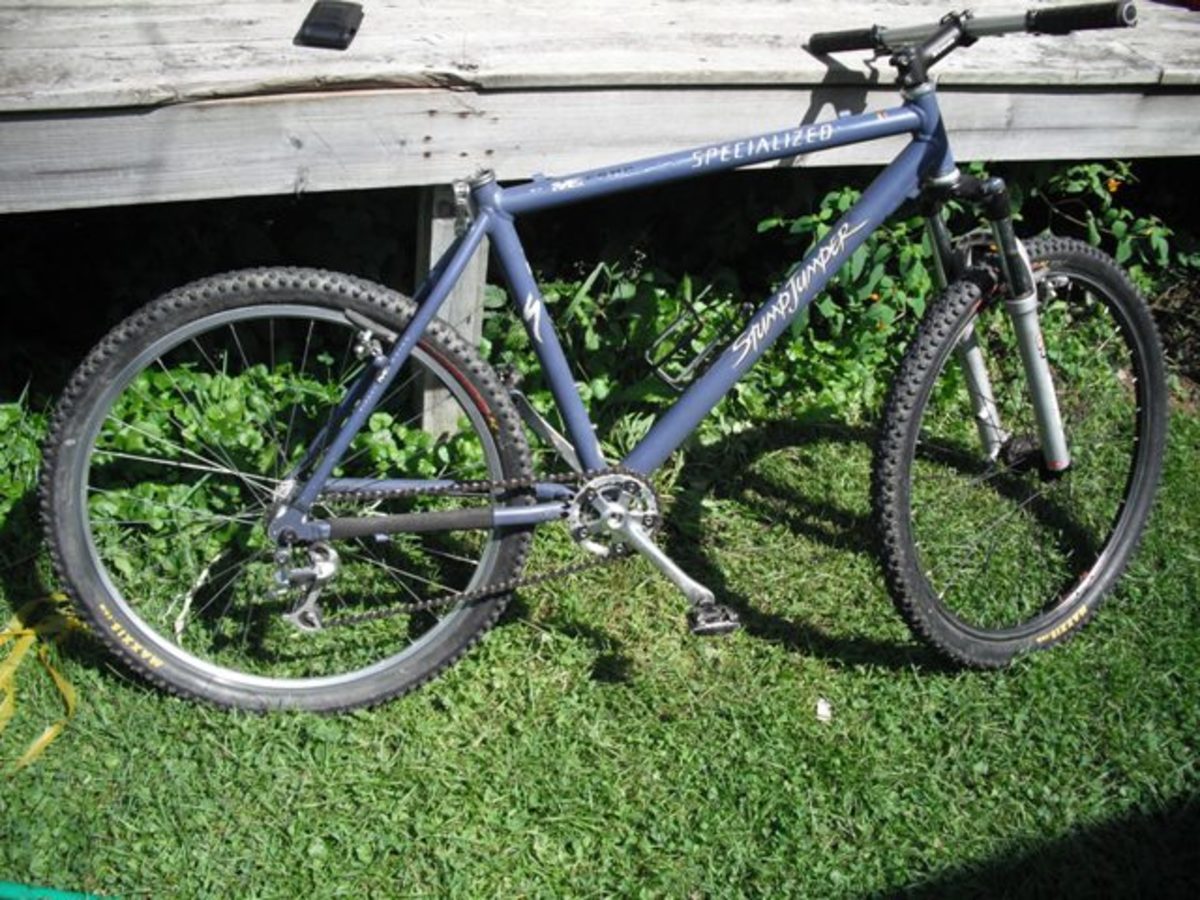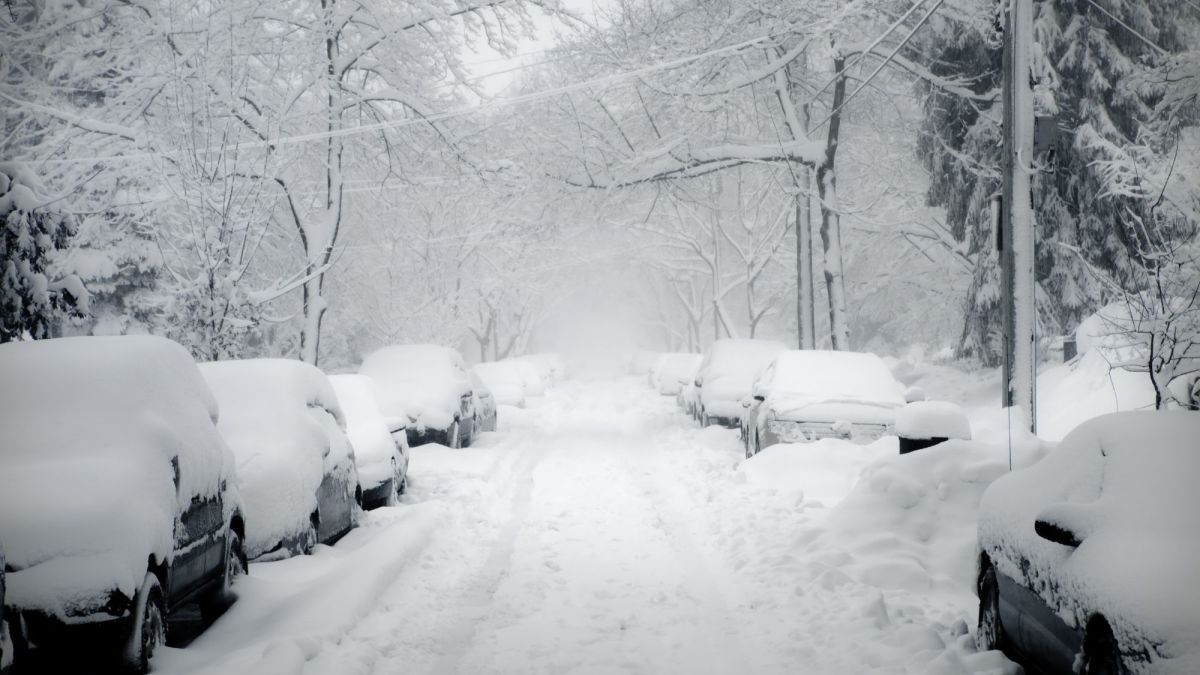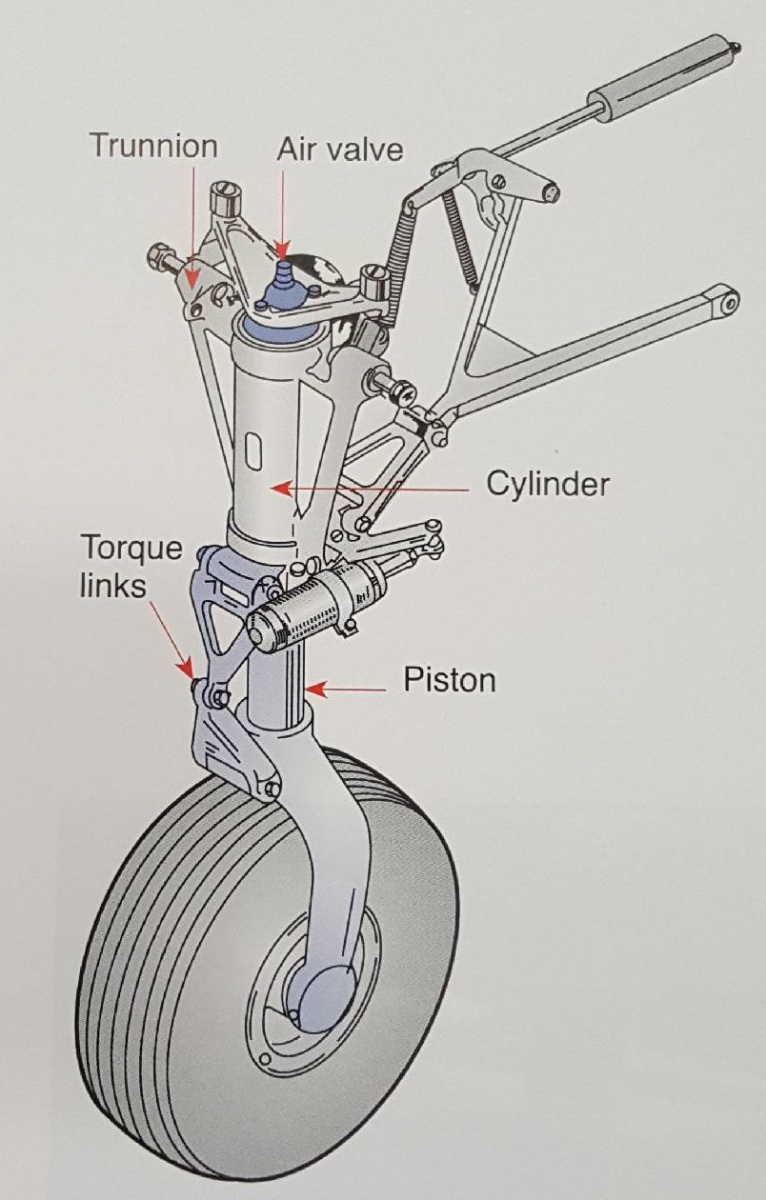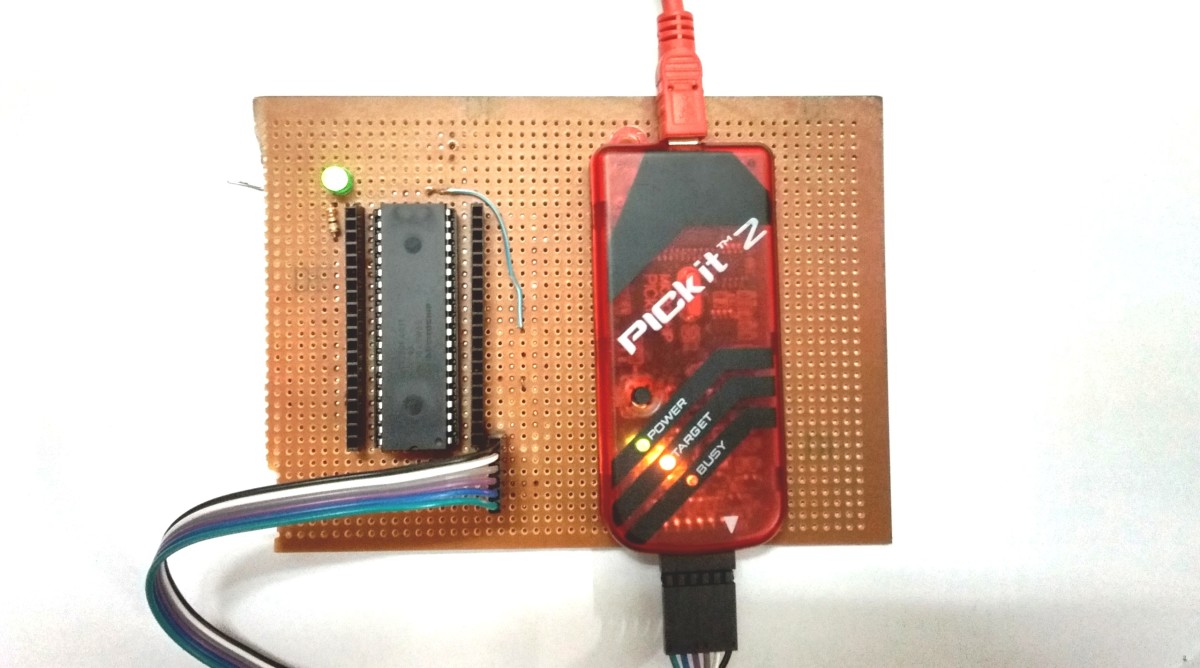Tips on Chain Drive Assemblies- Maintenance Cruz
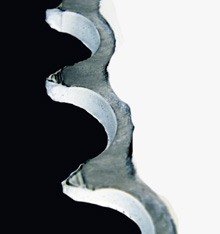
The Chain Guy
Every department I have worked in and every shop I have run has run across this issue. For some reason there is always a guy who thinks that drive chain must be run tight like a drive belt. Most technicians know better but this will help to clarify. Now this is, in general, means that there are some rare cases where chains run tight. I personally have never had a situation where I found a drive chain required to run with zero slack maybe synchronous belts but not roller chain.
I directly have had, "the guy", in several departments and he was absolutely positive he was right and everyone else was wrong. I had to download literature from a leading drive chain manufacture and lay it before him until he would believe, hardheaded.
The first thing to be understood is that sprockets and shafts do not run true. Yes they are machined and most shafting is precision, but they do not run perfectly true. When you have a drive sprocket on one end and a driven sprocket on the other the span between the two expands and contracts as they rotate. That is to say they both run a little out of round and your chain will slack and tighten with the sprocket lope. Its not a hard concept, but you find tight chains all the time and sprockets being eating up.
I find tight chains a lot where a tech is trying to control something that is bi-directional. The load moves in one direction stops or slows and then is reversed. When the load changes direction the chain slaps due to the slack changing sides, this is normal. The tech thinks it is a problem and tightens the chain to get rid of the slap. First, using a chain drive in this situation is not the best choice there are much better components for this.The tech has tightened the chain and now the slap is minimized but the chain is pulling very tight as the sprockets rotate concentrically apart. A drive chain has no give so the stress must go somewhere; frame, bearing, shaft, or gearbox. Just imagine the sheer force being applied on the parts as a chain already tight and motor drives pass tight to stress, huge loads on the components.
It's a rule of thumb to leave a minimum of a half link of slack although some setups are worse then others and require a little more than others. It has always been my policy for myself and any of the techs working for me to test all there work so at some point the tech should watch the chain run. The tech should make absolutely sure that the chain is not at any point pulling tight, there should always be some slack. I have seen situations where there was a lot of slack yet the chain still pulled tight and I found other serious issues like completely worn out sprockets and or shafts.
Speedy
In the case of high speed chain drives slack can be a problem as a slack loop can run up the sprocket and break the chain. Chain guides and tension devices should be used in high speed situations. You notice that all chain tension devices have a way to relieve chain stress such as spring loading or flexing. This freedom is built in for the exact reasons I stated before, none of the components are absolutely true.
Sprocket alignment (I mean absolute alignment not just eye balled) is the first step to drive component longevity. Break out the straight edge, calipers. dial indicator, or what ever you need to get the sprockets lined up as close as possible. Sprockets that are misaligned cause several destructive problems like premature chain wear, sprocket wear, component stress, and cyclic loading (a recipe for a broken shaft). It is funny how elementary this is but how often it is not done or done incorrectly. Proper alignments really starts with shaft parallelism then to sprockets but most machines are designed with mounting that sets shafts parallel to each other. Of course this is not always true such as conveyors where the gearbox could be cocked at an angle due to bolt hole play. In cases where the shafts have freedom of movement the parallelism must be set correctly or the components will fail prematurely.
The other big killer of chains. sprockets, and shafts are set screw type sprockets. I loathe set screws as they always eventually fail. I know they have been used for over a hundred years, but i personally think they are a poor design and always change my sprockets out for ones with machined center hub such as taper locks. Something that completely grips the shaft and key will always out perform a setscrew that just applies pressure in one direction. I'm going to stop there because I can rant about how I feel about set screws.
Thought Food
So, with very good alignment, proper slack, proper tension device, and regular lubrication you easily reach component projected life and beyond. There are also situations where the environment is so harsh where the drive is located that it just erodes away and it seems pointless to spend a lot of time on alignment. In cases like that you view the chain and sprockets as disposable but not the shafting or gearboxes. Changing sprockets and chains is relatively easy where changing shafts and gearboxes is not. There are many things that can be done to protect shafts and gearboxes from contact with harmful materials but little can be done to sprockets and chains.
The last rule of thumb is if the chain is worn but not the sprockets change the chain. If one sprocket is worn change both sprockets and the chain. Always do a failure analysis to determine wear the wear is coming from before you remove the components. For example, the sprocket is worn badly on one side of the sprocket you'll need to determine if the sprocket or the shaft is the cause of the misalignment. Also, in general when a chain has too much slack upon inspection the chain should be measured for chain stretch, you can go to any of the chain manufacturers for information on chain measurement, drive setup, and component life expediencies.
Roller chain is an amazing invention and has served industry very well for a very long time but, there are alternatives that are more reliable and less destructive to the other components. Many chain drives could be changed to belt drive. Nice thing about belt drive is that if something jams the works the belt should give up before something serious breaks and belts do not require lubrication. Its food for thought to be able to choose what breaks and what you will spend to get up an running again. With chain drive the break can happen anywhere in the system as the chain might or might not break first. Belt forty bucks, gearbox eight hundred bucks-think I'll go with the belt.




